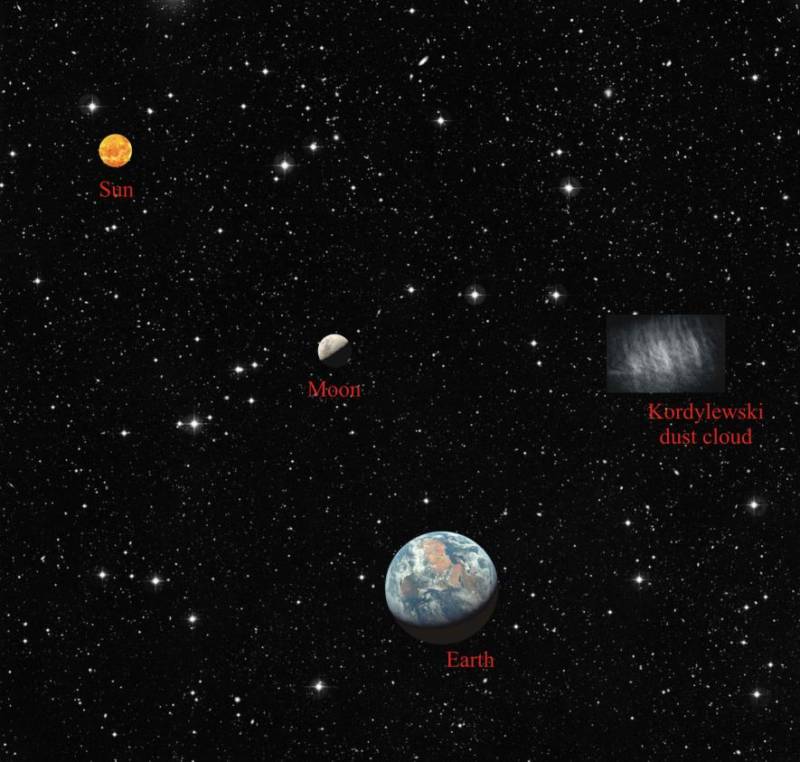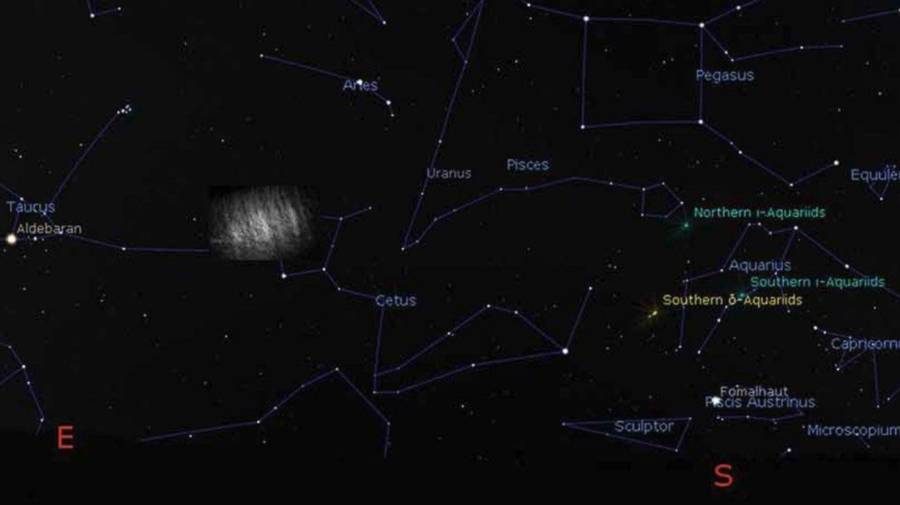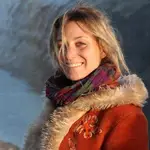Earth Actually Has Two Other ‘Moons’ Made Completely Of Dust

Gabor HorvathAn illustration (not to scale) showing the position of one of the Kordylewski clouds in relation to the Earth, sun and moon.
After more than 50 years of speculation, astronomers have finally found two additional “moons” orbiting Earth.
These new so-called “moons” are not exactly like the one we know. Instead, they are actually enormous clouds made entirely of dust that orbit the Earth like our Moon and at relatively the same distance from Earth as our actual Moon (240,000 miles).
Scientists have speculated about the existence of these two moons since 1961, when Polish astronomer Kazimierz Kordylewski spotted them for the very first time. However, other astronomers weren’t very quick to take Kordylewski at his word.
But now, researchers have confirmed the existence of these Kordylewski clouds and published their results putting decades of speculation to rest.
“The Kordylewski clouds are two of the toughest objects to find, and though they are as close to Earth as the moon, are largely overlooked by researchers in astronomy,” Judit Slíz-Balogh, the study’s co-author and an astronomer at Eötvös Loránd University in Hungary, told National Geographic. “It is intriguing to confirm that our planet has dusty pseudo-satellites in orbit alongside our lunar neighbor.”
These Kordylewski cloud “moons” are enormous but the particles they’re made up of are remarkably tiny. The dust particles are estimated to be only a micrometer in diameter, while each of the Kordylewski clouds occupies an area of around 65,000 by 45,000 miles (nearly nine times wider than Earth).

Royal Astronomical SocietyAn artist’s rendition of a Kordylewski cloud in the night sky.
The discovery of these dust “moons” reminds us of the undiscovered wonders still waiting to be found in our own solar system.





